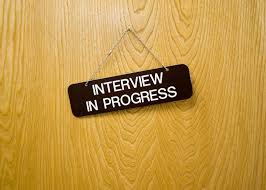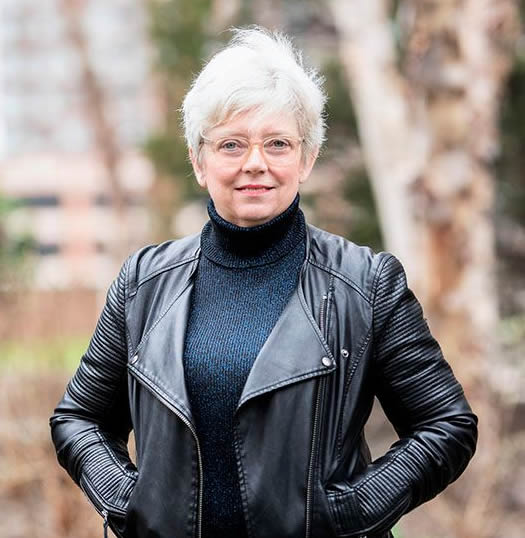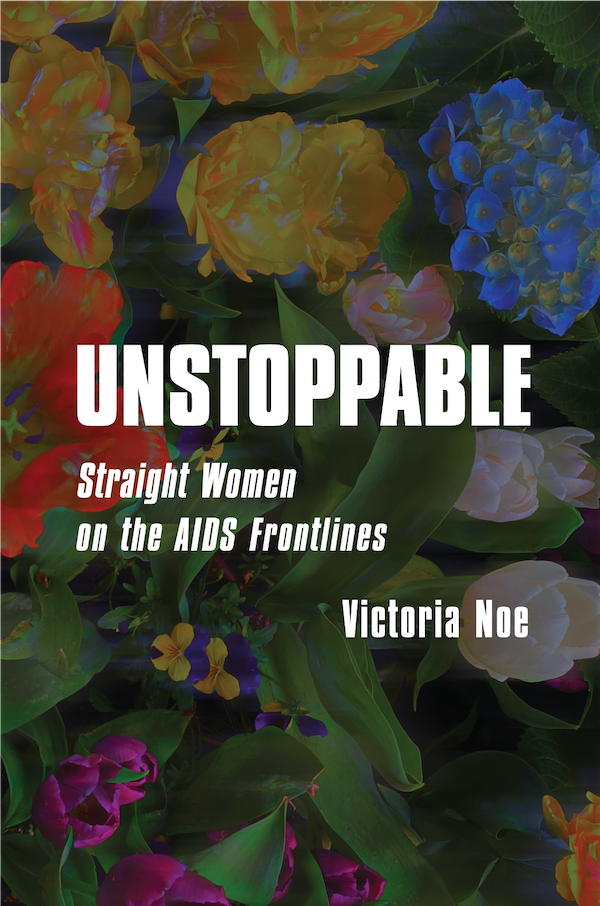Five Things I Learned Interviewing People for My Books
Apr 05, 2017 by Victoria Noe, in Divas and Moms
, Fag Hags
, Friend Grief
, interviewing
, Rebecca Skloot
, self-publishing
, writing
[caption id="attachment_1704" align="alignleft" width="192"] greenhouse.io[/caption]
greenhouse.io[/caption]
When I started work on the Friend Grief series, I was only sure of one thing: they would be a mix of interviews and research. They would tell the stories of men and women who struggled to deal with the death of a friend; sometimes many friends.
The first time I ever interviewed anyone was in 1976. I was in New York doing research for my master’s degree project, the development of director-choreographers in American musical theatre. I sat in Bob Fosse’s living room near Carnegie Hall and discussed his career. I don’t remember much, though I’m sure my notes are in a box somewhere. But he was gracious with his time, and for that I’ll always be grateful.
I didn’t have much experience interviewing people again until about 2010, when I began working on my books. I thought I was prepared, but as it turned out, I had a lot to learn: about interviewing, about grief, about people.
The series ended in 2016, so now I’m interviewing women for my next book (Fag Hags, Divas and Moms: The Legacy of Straight Women in the AIDS Community). As a rule, a person’s sex life is none of my business. But in this case, it leads to the most awkward interview question ever: “Are you straight?” So that’s the biggest difference from earlier. In New York and Washington, DC recently conducting interviews, I began to really appreciate what I’ve learned:
It would be a lie to suggest I’m comfortable on the other side of the interview table. I worry about what the next question will be, if I’ll be able to answer it without stumbling. But now I think I’ll try to concentrate on being as honest as the people who trusted me to tell their stories.
 greenhouse.io[/caption]
greenhouse.io[/caption]When I started work on the Friend Grief series, I was only sure of one thing: they would be a mix of interviews and research. They would tell the stories of men and women who struggled to deal with the death of a friend; sometimes many friends.
The first time I ever interviewed anyone was in 1976. I was in New York doing research for my master’s degree project, the development of director-choreographers in American musical theatre. I sat in Bob Fosse’s living room near Carnegie Hall and discussed his career. I don’t remember much, though I’m sure my notes are in a box somewhere. But he was gracious with his time, and for that I’ll always be grateful.
I didn’t have much experience interviewing people again until about 2010, when I began working on my books. I thought I was prepared, but as it turned out, I had a lot to learn: about interviewing, about grief, about people.
The series ended in 2016, so now I’m interviewing women for my next book (Fag Hags, Divas and Moms: The Legacy of Straight Women in the AIDS Community). As a rule, a person’s sex life is none of my business. But in this case, it leads to the most awkward interview question ever: “Are you straight?” So that’s the biggest difference from earlier. In New York and Washington, DC recently conducting interviews, I began to really appreciate what I’ve learned:
- You don’t need a degree to interview people. I was frequently asked at the beginning what my credentials were for writing about grief. None, I admitted, other than my own experiences. I felt uniquely unqualified. I was afraid that people would refuse to meet with me because I wasn’t a therapist or grief counselor. But as it turned out, that master’s degree in theatre was an advantage. They knew I wasn’t there to diagnose them. I wasn’t there to prescribe treatment or judge them. I had no particular agenda. I was just there to listen. And that gave them the permission and freedom to bare their souls
- It’s okay to cry. The first person I interviewed for my books was Roseanne Tellez, news anchor on the CBS TV station in Chicago. She talked at length about her on-air partner, Randy Salerno, and the impact of his death on her work and personal life. She stopped three times because she started to cry. I was mortified that I was responsible, that I upset her that much. But now I can look back and see that fully 1/3 of the people I interviewed cried at least once. I thought the percentage would drop with this book, but it hasn’t. If anything, it’s closer to 1/2.
- All the senses are important. As part of Women & Children First’s renovation crowdfunding campaign, I scored a non-fiction class with Rebecca Skloot, acclaimed author of The Immortal Life of Henrietta Lacks. We talked of many things that night, but the one that stuck with me most was about interviewing. She suggested taking pictures of the room where you hold the interview to reference later on. I don’t usually take pictures, but in my notes is a description of the location. For example, when I interviewed women last fall at the Broadway Cares/Equity Fights AIDS office overlooking Times Square, I made note of the distracting advertising outside the windows, the size of the table in the conference room, the lighting. Other interviews have taken place in the back of a diner, an office at police headquarters and once in a hotel AV supply room (we were desperate for a quiet space). But it’s all part of the experience
- Men really do talk. I went into this process believing that interviewing men would be like pulling teeth. I bought into the stereotype of men who don’t share their feelings, which made no sense: not only were they letting me interview them, some asked to be interviewed. I was armed with a list of thirty questions the first time I interviewed a man. I assumed, arrogantly, that we’d be done in about fifteen minutes. An hour and a half later, we were on question #3. He was not the exception. He was the rule. The only interview that was less than 90 minutes was one that was in two parts (which totaled 90 minutes). Again, they knew I was there to listen, not judge. Once they started to talk, it was hard to stop. Many followed up with more information. So, mea culpa
- Everyone wants to be heard. “I can’t believe anyone cares about this,” was a frequent objection from interview subjects. There is no greater compliment you can give someone than to listen. You may not agree with them. You may not truly understand or appreciate what they’re telling you. The latter is true of some of the people I interviewed. It wasn’t until later, when I listened to the recording, that I heard what they were really saying.
It would be a lie to suggest I’m comfortable on the other side of the interview table. I worry about what the next question will be, if I’ll be able to answer it without stumbling. But now I think I’ll try to concentrate on being as honest as the people who trusted me to tell their stories.

